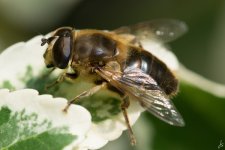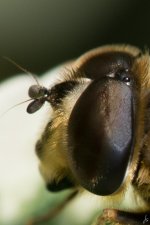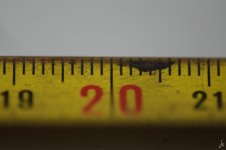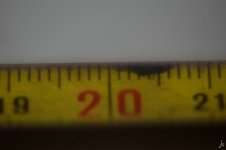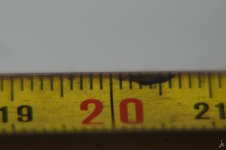I find it handy out in the woods ,to use the diopter, but if I had the dedicated macro ,, thats what I think I'd use.,, is there much difference?
It's a world of difference.
You have 1:1 and good quality without having to drive aperture towards insanity. Diopters are great when the conditions are perfect. When there's plenty of light and you don't zoom too close, you can take really nice shots. But once the light is low, the aperture the diopter demands comes at too high price. With my macro I don't suffer that problem. Evidently my DOF is still thin when going 1:1 but it's more manageable. Today was a pretty bad day and I shot everything wide open. With the zoom that would have resulted in nothing but haze.
I can too take shots from a distance while my diopter compromised the other end of the zoom too. The zoom had a minimal distance of 1.5m. That's 0.75D to 0D (infinity). But with a +4 it only is of use between 4.75D and 4D which is between 21 and 25cm.
The advantage of the diopter was larger magnification. The macro is 1:1 and that's it.
I'll still be using diopters once in a while but if I have to pick only one of both, it's gonna be the macro for sure. Nothing beats a lens solely built for that purpose.
Last edited:

